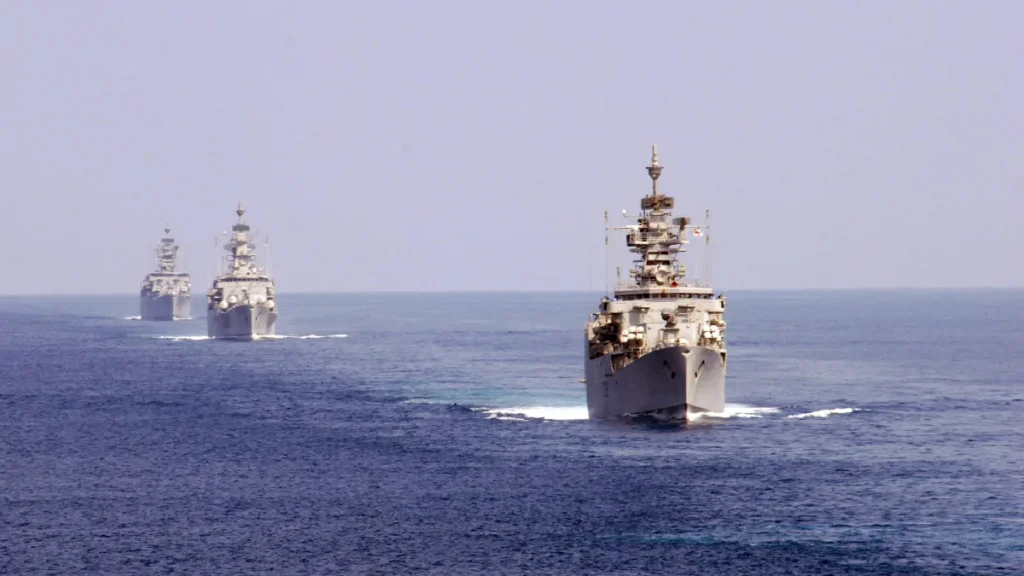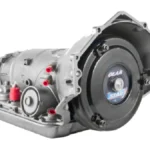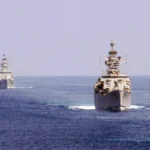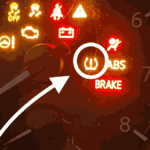Introduction: Understanding the Intensity Behind Navy SEALS Submarine Training Pacific
When we talk about elite military forces, the U.S. Navy SEALS are always at the top of the list. One of the toughest parts of their preparation is the navy seals submarine training pacific. This isn’t just a routine drill; it’s an intense training program conducted in the challenging and vast Pacific waters. Recruits are pushed to their limits both physically and mentally. This training is designed to simulate real-life underwater missions, such as reconnaissance, stealth operations, and rescue missions—all while staying undetected.
The navy seals submarine training pacific combines underwater survival, navigation, stealth movement, and operating in complete darkness. This training isn’t just about swimming skills. It involves pressure management, teamwork, and high-stakes decision-making. For many SEALS, it’s a true test of whether they are ready for the real challenges of naval warfare. In this blog, we’ll explore what this training involves, why it’s important, and everything you need to know.
What is Navy SEALS Submarine Training Pacific?
The navy seals submarine training pacific is a specialized training program conducted by the United States Navy SEALS to prepare operatives for underwater missions using submarines in the Pacific Ocean. This course is not for the faint-hearted. It requires complete discipline, mental toughness, and physical strength. The Pacific Ocean, known for its depth, strong currents, and low visibility, creates the perfect natural setting for rigorous training.
This training often includes learning how to board and exit submarines silently, navigating underwater routes, and completing tasks in extreme conditions. The goal is to prepare SEALS for missions where stealth and accuracy are vital. Unlike traditional dive training, the navy seals submarine training pacific includes working in cramped submarine spaces, handling underwater explosives, and executing silent entries into enemy territory.
In simple terms, it’s a high-stakes simulation of what real operations look like when SEALS are deployed from submarines in hostile waters. This prepares them to function in the most dangerous and unpredictable environments on earth.
Why is Navy SEALS Submarine Training Pacific Important?
The navy seals submarine training pacific is a critical part of SEALS development because it prepares them for real-world combat and stealth missions in unpredictable conditions.
Key Reasons Why It’s Important:
- Stealth Operations: SEALS often use submarines to enter enemy waters undetected. This training ensures they can perform silently and efficiently.
- Realistic Preparation: The Pacific Ocean simulates real battlefield conditions, helping operatives become familiar with pressure, waves, and low visibility.
- Life-Saving Skills: This training teaches emergency underwater survival techniques in case of mission failure or system breakdown.
- Team Coordination: It builds strong coordination among the team while performing complex underwater tasks together.
- Mental Conditioning: SEALS are trained to stay calm under pressure, an essential quality for mission success.
In summary, the navy seals submarine training pacific plays a vital role in shaping fearless, capable warriors who can handle underwater warfare with precision and confidence.
Step-by-Step Guide
Here is a simplified step-by-step overview of the navy seals submarine training pacific:
- Basic Diving School
Trainees begin with foundational underwater breathing, gear usage, and dive control exercises. - Advanced Combat Diving
This includes night diving, swimming with a rebreather, and maintaining silence under water. - Submarine Familiarization
Recruits learn how to navigate through tight submarine interiors, lock-in/lock-out procedures, and emergency drills. - Underwater Navigation Practice
Training in how to use underwater compasses and mapping for long-distance, deep-water missions. - Simulated Mission Drills
They carry out underwater infiltration and exfiltration missions under supervision, using submarines as the launch platform. - Team Coordination Exercises
Practice stealth operations as a team, including communication without words. - Final Testing Phase
An intense final challenge where they must complete a real-time simulated mission in Pacific waters under strict conditions.
This process ensures that only the most prepared and disciplined SEALS are deployed for real-life missions.
Advantages and Disadvantages of Navy SEALS Submarine Training Pacific
Let’s take a closer look at the pros and cons of the navy seals submarine training pacific.
Advantages:
- Elite Skills Development
Trainees become experts in stealth, navigation, and underwater operations. - Mental Resilience
Builds unmatched toughness and stress-handling capacity. - Team Building
Improves communication and coordination in tight, high-pressure situations. - Real-World Preparedness
Prepares SEALS for missions in similar environments worldwide.
Disadvantages:
- Extreme Physical Stress
The body undergoes severe strain, risking injury or burnout. - Mental Toll
Constant pressure can lead to mental fatigue or breakdown. - Limited Accessibility
Not all trainees succeed—dropout rates are high due to difficulty. - High Operational Cost
Submarine and Pacific-based training is expensive and logistically complex.
While it’s not without drawbacks, the training is essential for creating combat-ready SEALS.
Common FAQs
Here are some frequently asked questions about navy seals submarine training pacific, answered in a simple and clear way:
Q1: Who is eligible for navy seals submarine training pacific?
Only qualified Navy SEAL candidates who have passed previous training phases are eligible.
Q2: How long does the training take?
It varies, but the underwater and submarine-specific training often takes several weeks.
Q3: Is the training dangerous?
Yes, it’s extremely challenging and risky. But it’s conducted under expert supervision with strict safety protocols.
Q4: What kind of equipment is used?
SEALS use rebreathers, underwater navigation tools, communication systems, and submarines specially designed for stealth missions.
Q5: What happens if someone fails?
They may be reassigned, given another chance, or dropped from the SEALS program depending on performance and circumstances.
Conclusion:
The navy seals submarine training pacific is not just a test of diving skills. It’s a powerful training experience that transforms regular soldiers into elite underwater operatives. Operating in the vast, unpredictable waters of the Pacific Ocean, these missions simulate the very real challenges SEALS face in combat. This training ensures they are prepared for every possibility, from deep-sea infiltration to submarine lock-ins and emergency evacuations.
By mastering stealth, teamwork, and mental strength, SEALS become a formidable force under the sea. While the training is not easy, it creates warriors who can perform in situations where most would fail. It’s this rigorous preparation that allows the SEALS to carry out missions that the world never sees, but that make a critical difference.
Whether you’re a military enthusiast or just curious about how these elite fighters train, understanding the navy seals submarine training pacific gives insight into the intense world beneath the surface—and the people who conquer it.
Bonus Points on Navy SEALS Submarine Training Pacific
Let’s look at some extra, interesting facts about the navy seals submarine training pacific that most people don’t know:
- Historical Roots: The concept of submarine-based training for SEALS goes back to the Cold War era.
- Global Influence: Many allied naval forces have adopted similar underwater training programs inspired by U.S. SEALS.
- Silent Warriors: Recruits are taught to move, communicate, and even breathe silently underwater.
- Submarine Design: SEALS train with specially modified submarines built for stealth entries and rapid exits.
- Top Secret Missions: Some of the most classified missions in Navy SEAL history began with this kind of training.
These points show just how vital and advanced the navy seals submarine training pacific program really is.






